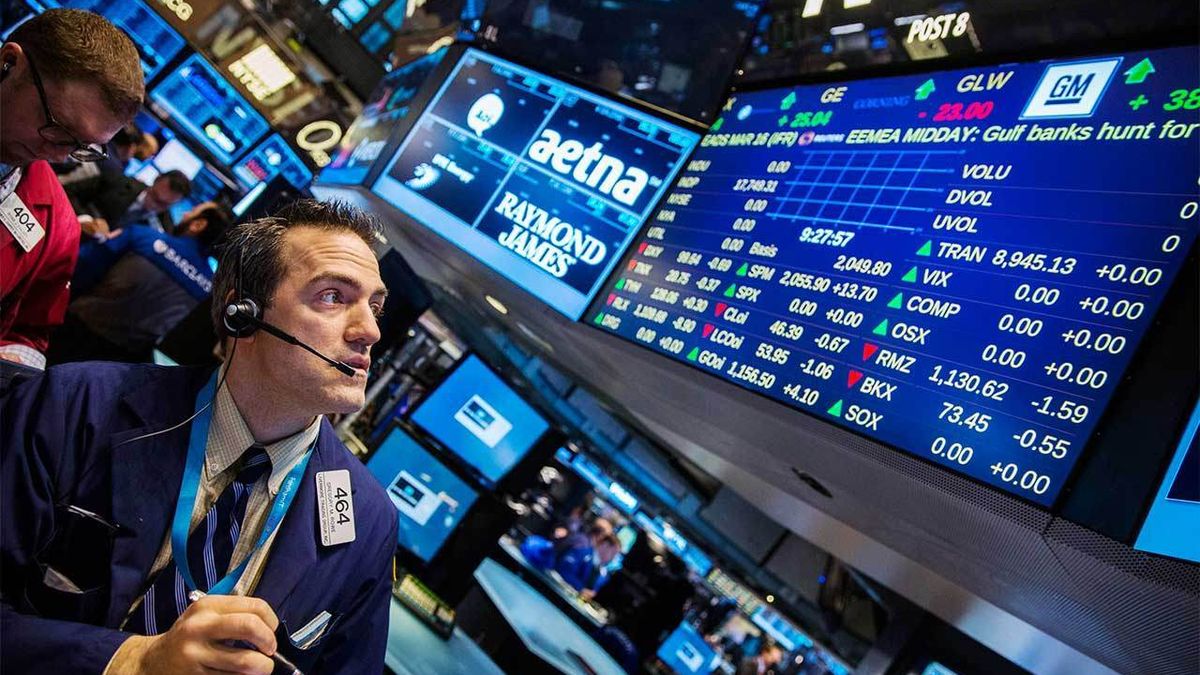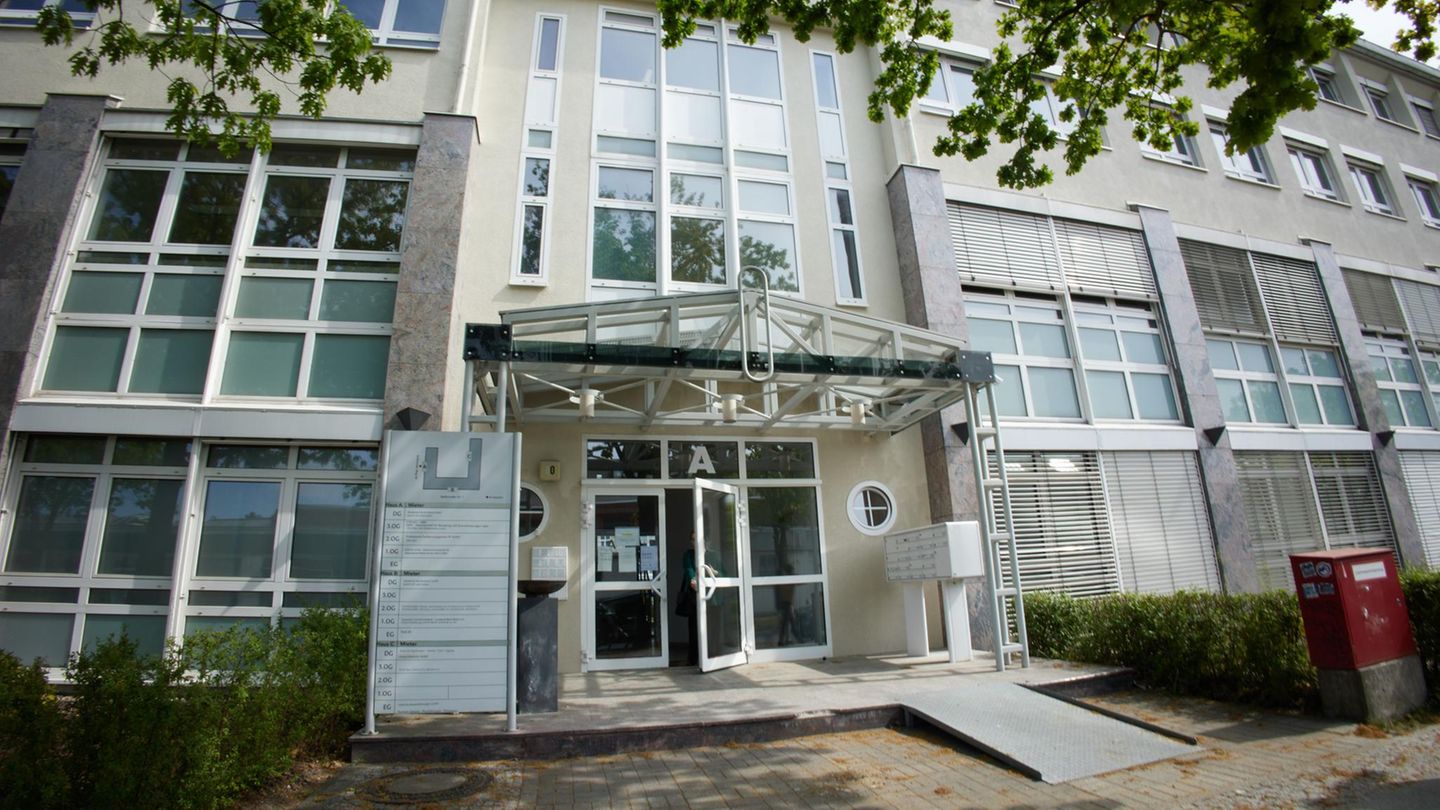On the New York Stock Exchange, Argentine papers registered falls of up to almost 8%, with Edenor (-7.9%); IRSA (-5.3%), Bioceres (-5.2%); and BBVA (-4%), at the top of the losses.
In this context, the local stock market was favored by taking positions as a hedge against exchange rate tensions, especially in companies with good liquidity and external listing. Thus, the leading S&P Merval index rose a strong 4.7%, to 112,017.03 points, after ending with a drop of 0.2% on Wednesday.
“The extremely high volatility in the foreign exchange market and high inflation have generated enormous uncertainty about the short- and medium-term future of the Argentine economy,” said Gustavo Reyes, from the Mediterranean Foundation.
The strong inflation that hits the economy and could exceed 80% this year, according to private estimates, high fiscal spending and tensions in the ruling coalition, are the main factors analyzed by investors.
“The strong and everyday news continues to be the dollar that does not seem to have a brake. Faced with an uncertain economic roadmap, the greater reaction to get rid of the local currency and seek coverage continues to convulse the exchange rate that does not find a ceiling, or specifically depreciating the peso against the US currency,” said Javier Rava, from Rava Bursátil.
The new Minister of Economy, Silvina Batakisfails to reassure the market despite the announcement of new economic measures and the ratification of the agreement reached with the International Monetary Fund (IMF).
This Thursday it was announced that foreign tourists will be able to exchange their dollars in the financial market at a price higher than the exchange rate of the common foreign exchange market (MEP)in an attempt to capture the dollars from the sector that the central bank urgently needs to increase its reserves.
The blue dollar jumped $20 to hit a record high of $337, after marking a maximum intra-hourly level of $338. The exchange rate gap compared to the interbank market jumped to 160%, the highest in 40 years.
“It is urgent to stop the crisis of confidence in time through strong political and economic signals that allow implementing a rapid convergence in imbalances, since the jerks and the passage of time only accentuate the inflationary and financial tensions that further complicate the panorama. “, said Gustavo Ber, from Estudio Ber.
Bonds and country risk
In the fixed income segment, sovereign bonds in dollars recorded sharp falls, reaching almost 6% (Global 2035 sank 5.8%).
Dollar bonds trade “with parities that continue to defy minimum levels, in the face of growing investor concerns and the unfavorable technical position they have faced for some time from foreign holders”Ber said.
Thus, the country risk prepared by the bank JP.Morgan soared 5.2% (143 points) to 2,913 units, compared to a level of 1,083 units marked after the debt restructuring carried out in 2020.
Source: Ambito
David William is a talented author who has made a name for himself in the world of writing. He is a professional author who writes on a wide range of topics, from general interest to opinion news. David is currently working as a writer at 24 hours worlds where he brings his unique perspective and in-depth research to his articles, making them both informative and engaging.




